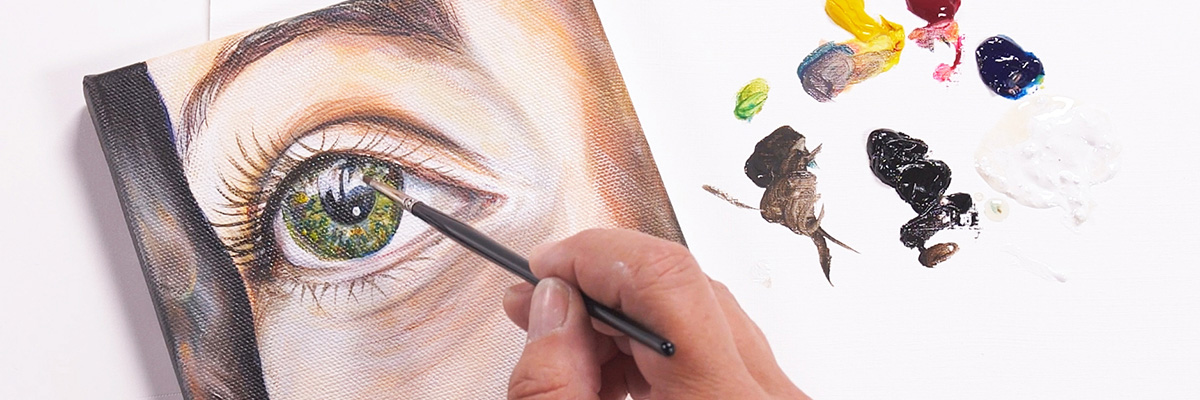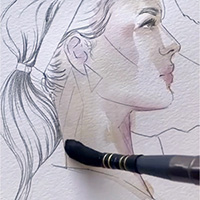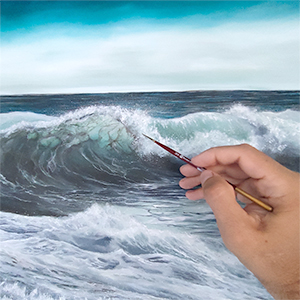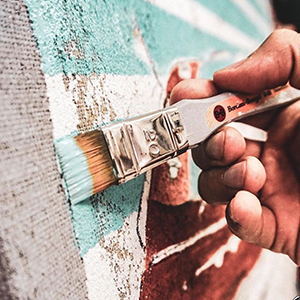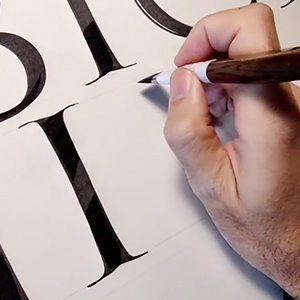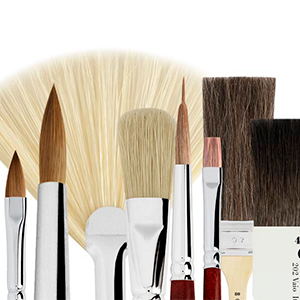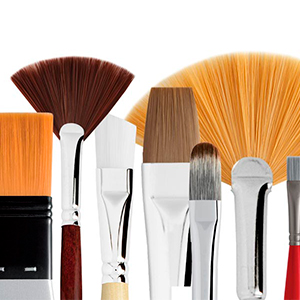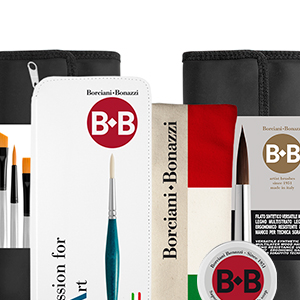Three things to know to start oil painting
The three things to know about oil painting technique
We often talk about traditional painting so we need some historical hints.
Oil painting technique belongs to the evolution of art history and painting techniques. Since its appearance, it has revolutionized the method of realization of artistic works.
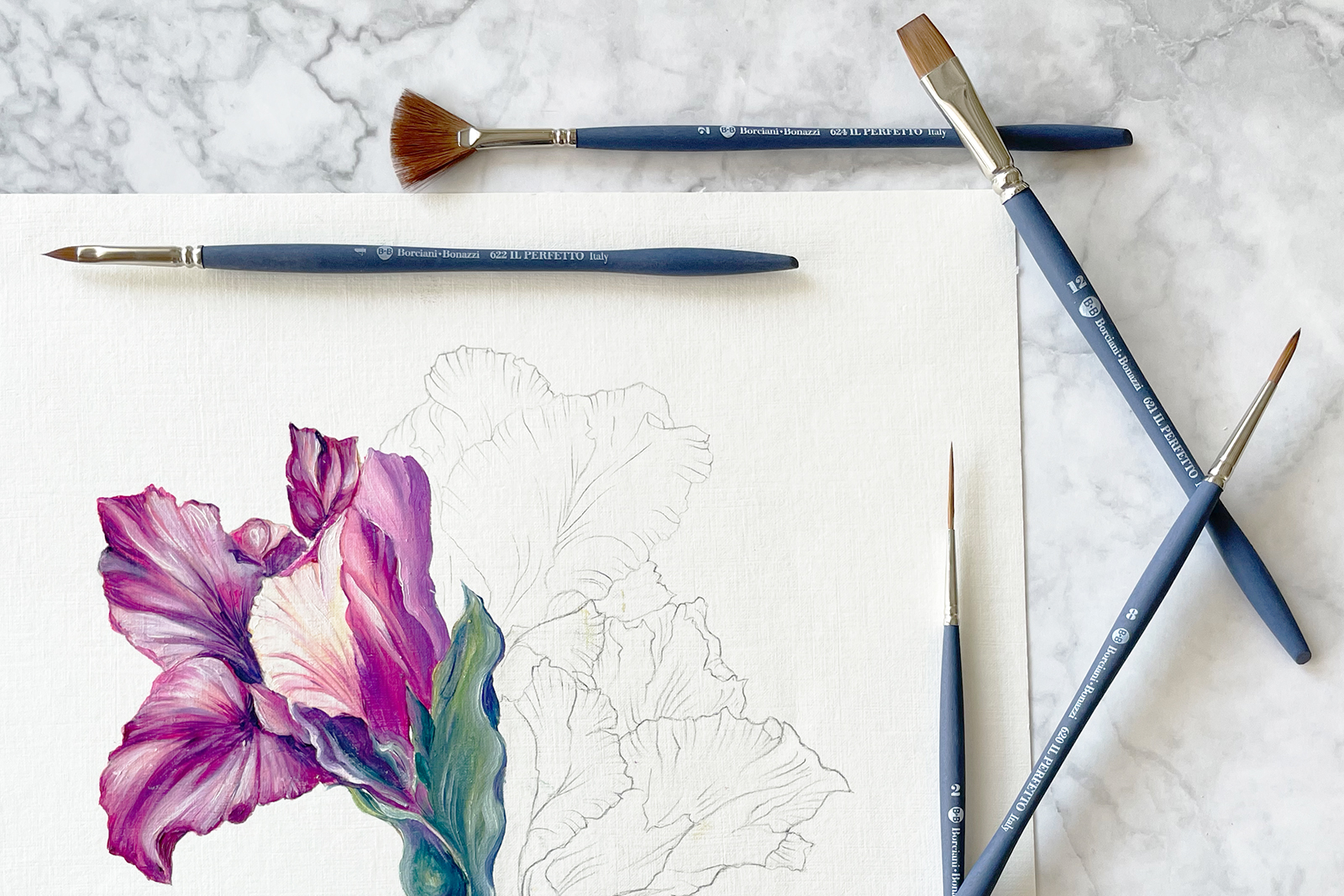
The history of oil painting
Oil painting technique has revolutionized the method of realization of artistic works.
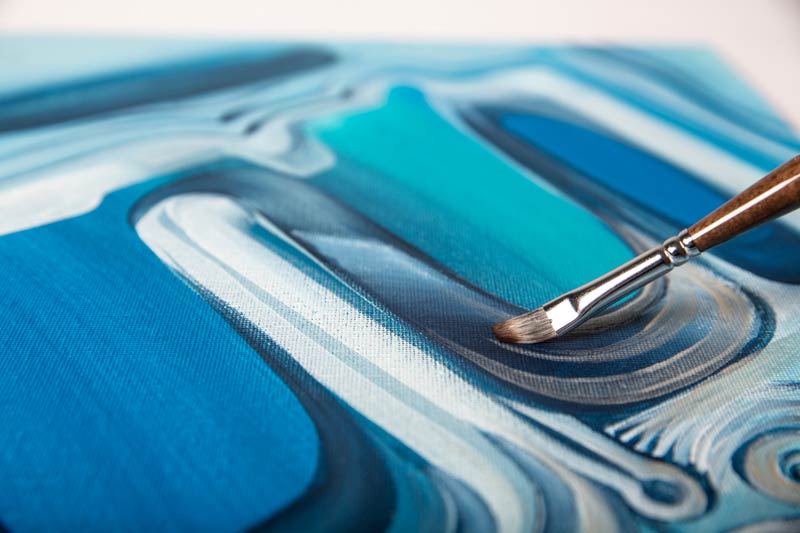
Oil painting by definition is considered historical painting: this technique is an integral part of the evolution of art history and painting techniques.
It is thought that Pliny the Elder and Vitruvius used an archaic form of oil painting already in Roman times; but historically the invention and refinement of oil painting techniques is attributed to two famous Flemish painters in 1400: Hubert and Jan Van Eyck, who painted with oil paint on wooden boards.
It was probably the influence of these Flemish painters to allow the diffusion of oil painting in Italy, especially in Venice where this new method was accepted also thanks to the particular environmental conditions that did not allow a good preservation of the frescoes.
In addition, this more flexible medium made it possible to paint on large dimensions, lending the oil color to the execution of large paintings on canvas or on wooden boards for the realization of the altarpieces. The paintings on canvas were finished in the studio and then transported, suitably rolled up, to the place they were commissioned.
The first Italian painter to use this technique was Antonello da Messina, influenced by the presence of Flemish painters at the court of the King of Naples and his study stay in Venice. The beautiful and soft shades of his paintings are given by the use in veiling color with the help of squirrel brushes spread with a skilful hand.
The use of oil painting then quickly developed from the mid-16th century, and for more than four hundred years it became the most-used painting technique.
The current of Impressionism made oil painting a means to paint in freedom, even in outdoor environments, allowing the artist to create sketches en plein air and capturing a particular moment, to be finished in the studio for the slowness of drying. From commissioned canvases to outdoor easel painting the technique has spread to the present day gathering many acolytes.
The colors of oil painting
The paintings made with oil colors are bright and shiny, a feature that has made oil painting the favorite of many artists in every era.
From 1470 to the end of 1700, each painter created his own colours by mixing oil pestle and pigments in the mortar with the flax or more likely gave the apprentices of the workshop this task, giving rise to an infinite series of unique and personal shades that can be seen still today.
The main feature of oil painting is that it takes a long time to dry (or harden): this is a great advantage, because it allows you to work the painting calmly, but it can also be a disadvantage.
If no time is left to harden to the layers, the painting may only dry in the outer layer and remain cool underneath, which could result in a cracked painting.
The oil colour consists of powder pigments mixed with vegetable oils from flaxseed or poppy, until it reaches a soft viscosity. The sensitivity to oxygen and linoleic acid cause a strong tendency to yellow and, above all, a slow drying due to oxidation that guarantees the possibility of working inside the colour, creating very delicate nuances very similar to those available in nature.
In the 18th century, it was produced and sold inside animal guts, to avoid oxidation on contact with air, and only in the middle of the nineteenth century will it be sold ready-made, when the first modern pre-packaged tube appears.
The current of Impressionism makes oil painting a means for painting freely, even in outdoor environments; the technique spreads more and more up to the present day.
Today we can find on the market many oil colours, from the Studio series to the most selected Extrafini Monopigmento series for artists, with very different viscosity characteristics and with a thousand possibilities of solvents and diluents that help us in the best colour performance at our level of work.
The greater the amount of pigment within the composition, the better the pictorial rendering of the color itself becomes:
What is a pigment? The pigment used in oil paints is an insoluble substance that has the ability to color the oily base to which it is mixed. It is important to emphasize that the pigments of oil painting are not soluble in either water or oil, but color the oil painting by dispersion.
The pigments are pulverized with very fine grain to facilitate their dispersion in the chosen oil. Oil paints today are made by industries and sold in tubes, but during the history of oil painting had to be made by hand by painters, who used various materials, such as lapis lazuli powder to make blue.
Which oils are used in oil paint?
For the production of oil paint tubes are generally dry oils, such as linseed oil or cardamo oil.
With a high tendency to yellowing over time, the first is rarely used to produce whites, where instead we choose to use safflower oil, which has a reduced yellowing and is slightly slower in drying.
The oils of the composition are also used for the dilution of the color, creating soft and extremely transparent materials, and that sometimes change both the duration of the hardening of the color and the aesthetic characteristics of the painting.
Let’s see the different features:
- Linseed oil: is the most widely used oil, both in production and in oil painting to dilute the color with softness and create veils: medium dense and yellowish, tends to turn yellow over time. Drying time by oxidation is very long.
- Cardam oil: refined oil, medium dense and transparent, is used for the creation of white shades to reduced yellowing over time. For the same reason it is an excellent aid for creating paintings with very light tones. The drying time is similar to linseed oil.
- Walnut oil: it is used mainly in the restoration of paintings and fakes, where you want to get a slightly darker tone, it is medium dense and browned coloring. The drying time is slow.
- Poppy oil: extremely refined oil with a medium liquid and very transparent appearance, it has a drying time much longer than the other oils. The lack of an internal tone and the longer duration of the working time make it ideal for creating works of hyperrealism and precision.
The solvents for oil painting
Thinning the oil painting
The oily matter of oil painting often needs solvents to paint and "thin" the colors, especially in the early stages of the work: if used excessively they tend to "fade" too much the color, creating opaque stains inside the painting to complete drying.
Some beginners use very aggressive solvents such as spirits to dilute the oil paint, but it is definitely not the ideal choice to ensure the durability of the picture.
The characteristics of solvents and their use:
- Turpentine: solvent of natural origin (it is extracted from pine resin) and is ideal for oil painting; it mixes perfectly with linseed oil and accelerates drying times without going to the detriment of the brilliance of the color. When it’s mixed with linseed oil in various percentages depending on the need for backgrounds, it creates the oil thinner, also present on the market, ideal for the dilution of oil colors.
- White spirit: solvent of chemical origin that eats the fat of oil painting, making the color dry in a very short time, but completely removing the brilliance. It’s used especially during the painting phase and for cleaning brushes, it is not ideal, either for one or the other, especially in oil brushes with very soft and thin fibers such as vaio and sable. To avoid with synthetic brushes.
- Oil essence: it’s a solvent of organic chemical origin (hydrocarbons) that a high "degreasing" capacity and evaporates very quickly. It is therefore to be used carefully to avoid sudden drying and opaque spots in the backgrounds.
There are many and various dilution products for oil painting on the market, of vegetable or inorganic origin, created for different needs: drying to vary, brightness to lower, transparency to increase, etc... each painter will then have his own personal recipe created over time and according to the needs of the artistic work.
What are the best brushes for oil painting?
Each artist chooses their own brushes according to the needs.
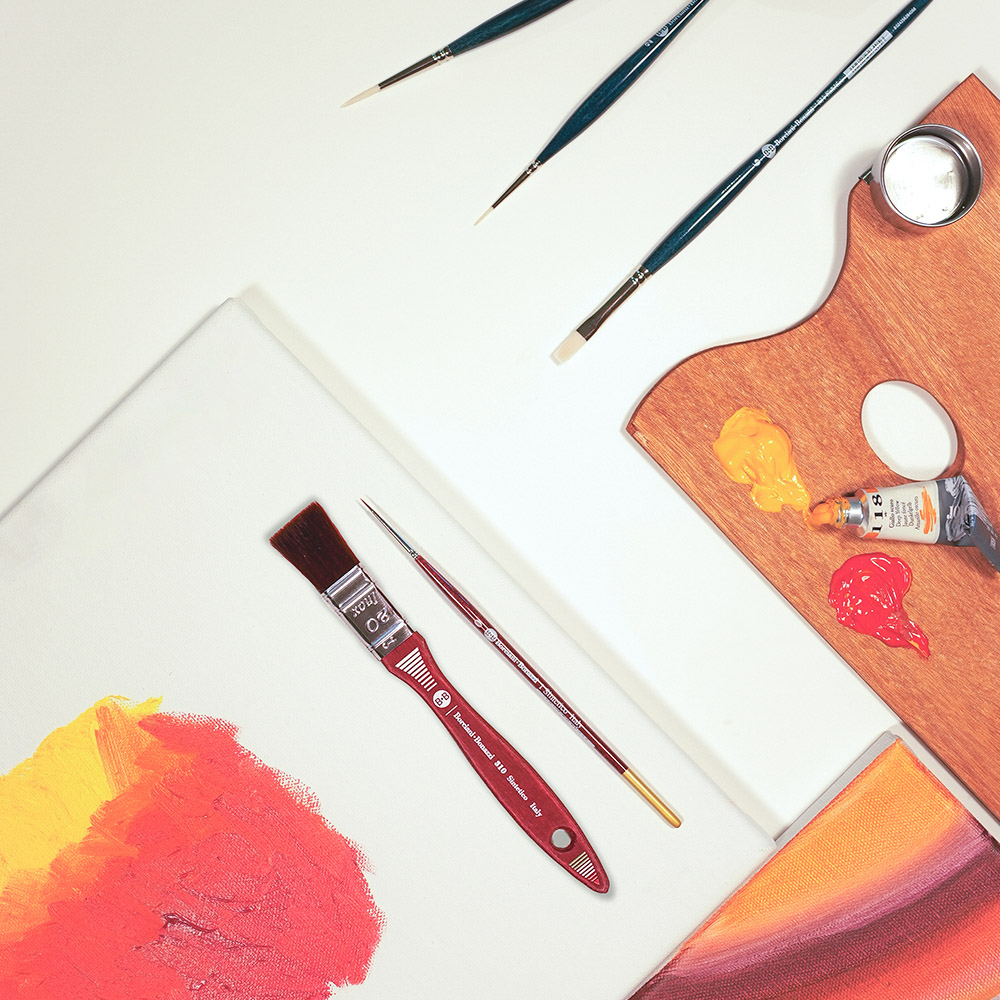
Each artist prefers different techniques and the extreme ductility of oil painting allows it: from the material drafts with almost relief marks to hyperrealistic veils, the choice of the type of brush will be influenced by the result you want to achieve.
Therefore the shape and type of hair or fibre will then be chosen according to the type of effect desired.
The shape and size of the brush will be chosen according to the work to be made: flat, round, cat’s tongue or fan, will be the sign you have chosen for your work.
The oil color is pasty and needs, especially in the early stages of processing, to be "moved and moved" by a rigid brush that keeps the shape and can be tough enough to be able to lay the layers on the canvas or on the prepared support.
As always the primary choice will be to use natural brushes or synthetic fibres: if they prefer natural hair ideal for the first steps or material painting with traces of the ideal brush will be the white hog bristle.
For the next steps, where the color can be moved in a lighter way, the choice may be varied: the soft and elastic hair of ox hair brushes, which come directly from the tradition of oil painting, move the color with without leaving obvious traces, and allowing soft shades and precise details.
The finest brushes (and more durable in time with excellent peak hold) are the Kolinsky Sable brushes, elastic and flexible yet exceptionally soft, and the red sable, slightly more elastic. Soft and light squirrel brushes are mainly used for the last steps in light, shadow and delicate details.
In the world of synthetic fibres, for the first coatings of painting, fibers with a strong and elastic structure are ideal, with a good flexibility to keep the mark in the pictorial material.
The latest generation synthetic fibres such as Unico Silver and Off White by Borciani e Bonazzi, with a wide section, are the most similar to the bristle structure:

Unico Silver Borciani e Bonazzi, with grey and full-bodied fibres, leaves sensitive pictorial traces in pasty colour, and has an excellent resistance to solvent that is used to accelerate drying (turpentine, odorless thinner, oil essence) and to remove traces of colour from brushes, despite being a synthetic.

Unico Off White Borciani e Bonazzi on the other hand, perfectly matches the characteristics of the natural hair, from the gradual release to a flexible softness that help in large stretches.
To paint with softer and lighter handling, you can choose thin and elastic fibers:

Unico Fiammato Borciani e Bonazzi is the ideal substitute for ox hair, with a defined yet soft and light trait.

The new MKS, Martora Kolinsky Sinteticais instead the perfect imitation of the animal hair of Kolinsky Sable, which adds elasticity and perfect shape of the tips to an extreme softness of fiber.
Care and maintenance of oil painting brushes

To best maintain the brushes for oil painting you need to clean them every time they are used. We know it’s no fun to cut down on painting time to clean brushes, but it’s important to take care of the tools that help you create your masterpieces.
Prefer to bathe in turpentine or thinners, a freshly moistened cloth, which will give the opportunity to remove the color matter more gently.
There are various thought on the best method to clean oil paint brushes: many people use solvents, such as spirits, to clean brushes, but at Borciani e Bonazzi we prefer other methods.
At Borciani e Bonazzi we have developed a special vegetable soap, which maintains the softness and flexibility of brushes. Our soap, in fact, thanks to the vegetable oil contained, rehydrates the bristles and retains the shape and characteristics of brushes.
The optimal drying is always with the tip facing up or in the appropriate holder-brushes, or protective elastic nylon nets for fine arts brushes, which do not support the fiber taking positions that alter the shape.
For the care and maintenance of your brushes you can find "the kit Everything for the care of brushes" in which you will find: Soap for brushes, in aluminum box gr. 100, a kit containing 12 elastic nylon protective nets for fine arts brushes, ideal for storing brushes and maintaining their original shape, a kit containing 1 cleaning mat and 1 mini size of vegetable soap 25 gr.
Is oil painting difficult?
Many people fear that oil painting is a technique reserved for experienced artists, but this is absolutely not true. Thanks to the brilliance and the greater permanence of the oil colors it is possible to create paintings of great effect even for beginners, because the oil colors will not change color when drying.
In addition, the characteristic slowness in drying of the oil paint allows you to spread the colors calmly, without being afraid that the colors dry too quickly. This also allows a beginner to calmly apply all the dyes.
The only obstacle to the free use of oil colors is the characteristic smell, a drawback that can be easily eliminated by choosing high quality oil colors and working in a well ventilated room.
Practice for a long time
Don’t worry if initially the results aren’t what you hoped for or if your paintings don’t look like those of the artists who inspire you: you don’t become an artist in a day.
3 Tips to get started with oil painting
Do you want to start oil painting? Here there are 3 important tips to start on the right foot!
1. Use high quality oil paints
It is very important to choose quality dyes. This will allow you to paint thoughtlessly, because you will not have to worry about correcting colors that do not lie correctly on the canvas.
2. Use the right brushes
Brushes allow you to spread the color to the fullest and, if you’re starting to use oil painting, using the right brushes can really make a difference. Here you will find our collections for oil painting brushes.
Discover all our oil painting brushes here:
3. Use the right media
The historical support for oil painting has always been the canvas, of natural materials such as cotton or linen. But if you want to practice to create your masterpiece and do not want to start directly with a canvas you can choose to use special papers for oil painting.
If you have no experience and you want to practice with the right support you can use oil painting paper produced by many companies: it is paper loom 300gr, which is very similar to linen supports.
As for linen canvases are the most popular: they are characterized by a very dense texture and this allows a great durability, even in the event of changes in humidity.


